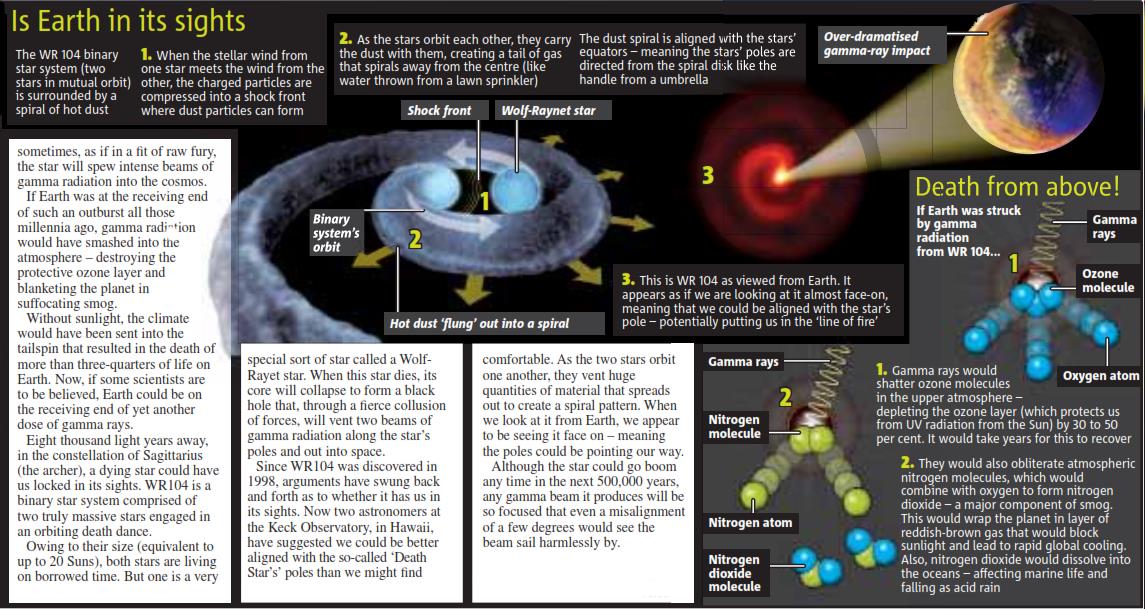Courtesy: phys.org
Revisited update 9th May 2016
INTRODUCTION
Study
Theory
Main Index
Space Cosmology
Theories Research
*
About
Science Research
Science Theories
Desk
Site Map
BookShelf
Discovering The Universe
Designed by Nigel G Wilcox
Pages within this section:
1
Pages:
Sub-Menu
Powered By AM3L1A
Copyright © by Nigel G Wilcox · All Rights reserved · E-Mail: ngwilcox100@gmail.com

Why a new physics theory could rewrite the textbooks
Dyson equation for the nucleon polarization (shaded bubble). For the longitudinal polarization the photon-nucleon vertex is given by the zeroth component of the current operator. Credit: arXiv:1506.05875 [nucl-th]
Scientists are closer to changing everything we know about one of the basic building blocks of the universe, according to an international group of physics experts involving the University of Adelaide.
If the theory is correct, it would force years of experiments to be reinterpreted, and would see the textbooks on nuclear physics rewritten.
In a paper published online in the prestigious journal Physical Review Letters, a team of three physicists from the United States, Japan and Australia have predicted that the structure of protons could be proven to change inside the nucleus of an atom under certain conditions.
"Atoms contain protons and electrons, but they also have their own internal structure comprised of quarks and gluons – these are what we consider to be the basic building blocks of matter," says co-author Professor Anthony Thomas, Australian Research Council Laureate Fellow and Elder Professor of Physics at the University of Adelaide.
"For many scientists, the idea that the internal structure of protons might change under certain circumstances can seem absurd, even sacrilegious. To others like myself, evidence of this internal change is highly sought after and would help to explain some inconsistencies in theoretical physics."
While this theorised change in the internal structure of protons has not yet been discovered, it is currently being put to the test at the Thomas Jefferson National Accelerator facility in the US, in experiments designed by this research team.
"By firing a beam of electrons at an atomic nucleus you can measure the difference in energy of the outgoing electrons, representing the changed state. We are making some fairly strong predictions about what the outcomes of those tests will show, and we're hopeful of a definitive measurement," Professor Thomas says.
"While the principle of the experiment itself is relatively simple, making the measurements reliable and accurate is extremely demanding, requiring a state-of-the-art machine like that at Jefferson Lab, and skilled experimenters.
"The ramifications for the scientific world are significant. This is about as high stakes as it gets in science. It could represent a new paradigm for nuclear physics."
Explore further: NuTeV Anomaly Helps Shed Light on Physics of the Nucleus
More information: Ian C. Cloët et al. Relativistic and Nuclear Medium Effects on the Coulomb Sum Rule, Physical Review Letters (2016). DOI: 10.1103/PhysRevLett.116.032701 , On Arxiv: http://arxiv.org/abs/1506.05875
Journal reference: Physical Review Letters search and more info website arXiv search and more info website
Provided by: University of Adelaide search and more info website
Read more at: http://phys.org/news/2016-01-physics-theory-rewrite-textbooks.html#jCp
Why a new physics theory could rewrite
the textbooks
January 27, 2016













